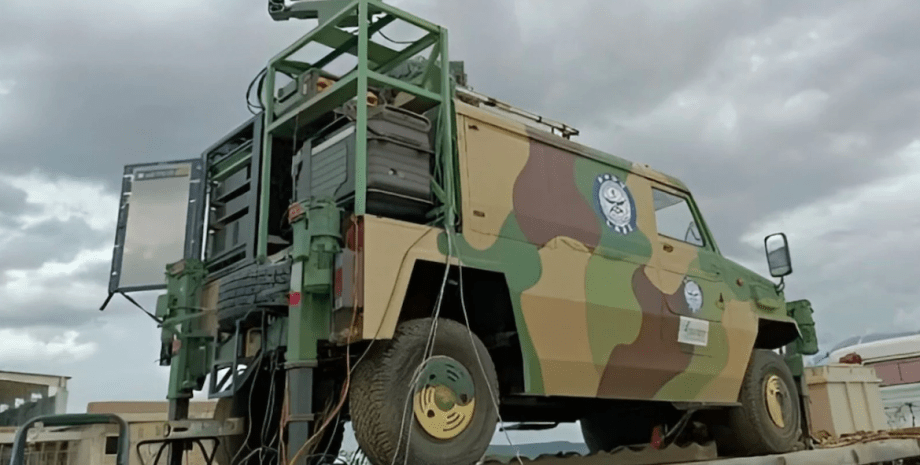
This is the advanced technology designed to neutralize small UAVs that are increasingly used by military states such as Turkey, China, the United Kingdom and Russia. Such an initiative of the Indian army is aimed at solving a critical need: to identify, track and neutralize small air threats using systems with an accurate radius of almost 5 km. Unlike the traditional methods, which are based on shells, HPM systems use electromagnetic waves to direct the operation of electronic drone systems.
This approach complicates the opponent's counter -measures, reduces the efficiency of interference protection devices or electronic protection, which are often used by hostile drones. The integration of HPM technology is carried out within the framework of a large -scale strategy for equipping Indian armored vehicles with advanced drones. Traditional weapons, such as 12.
7 mm machine guns, although effective against larger air purposes, does not cope with small shunting drones that are more difficult to intercept. HPM systems eliminate such a drawback and offer a non -inotic solution that can fail drones without physical destruction. The adoption of this technology is also a strategic progress in the field of interaction between India's Armed Forces.
The army also explores new platforms, such as Common Air Defence Tracked System (Cadet), which combine technologies for the fight against drones into a single architecture. The platform is focused on increasing the capabilities of collective defense, at the same time improves response to air threats.










All rights reserved IN-Ukraine.info - 2022